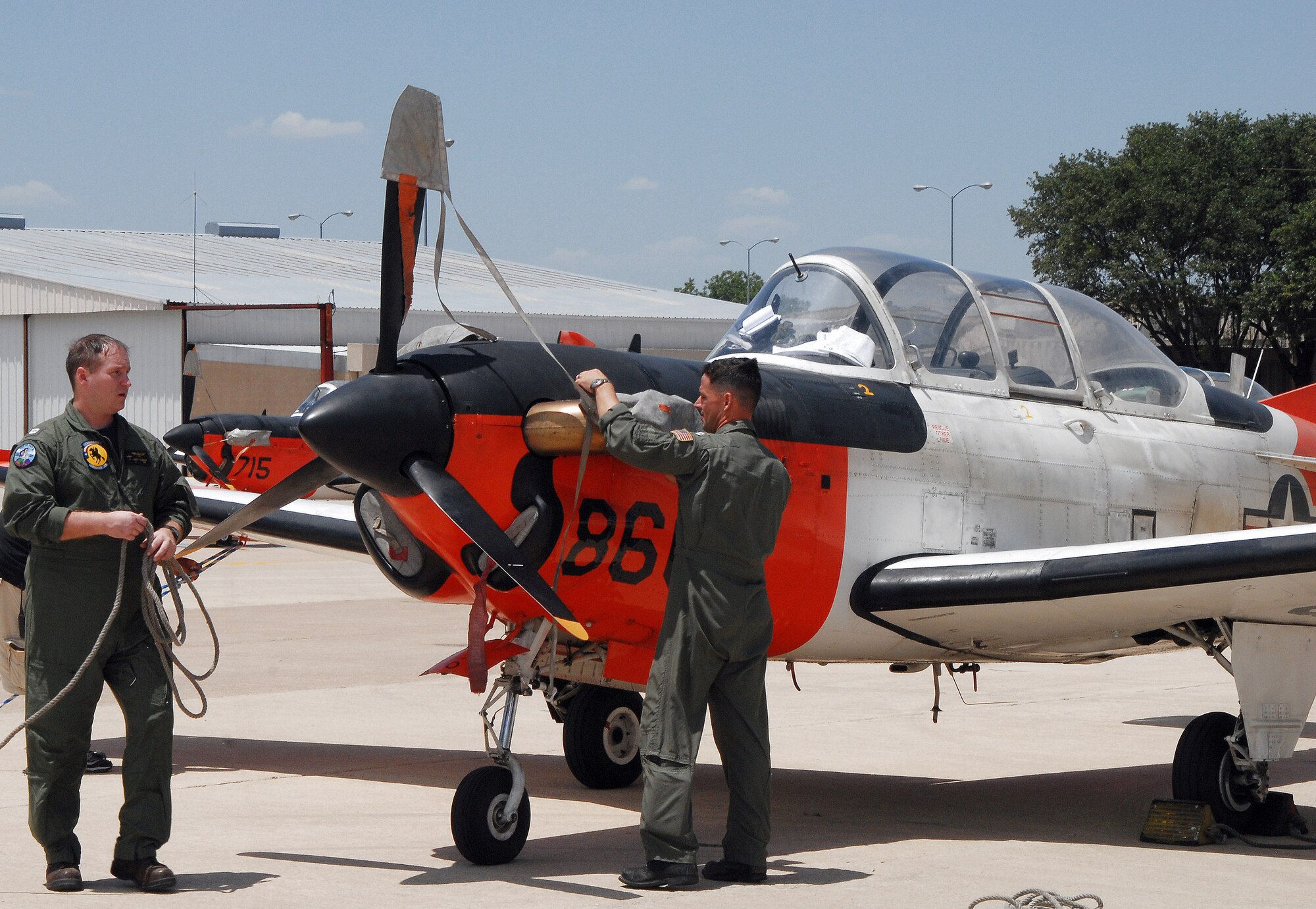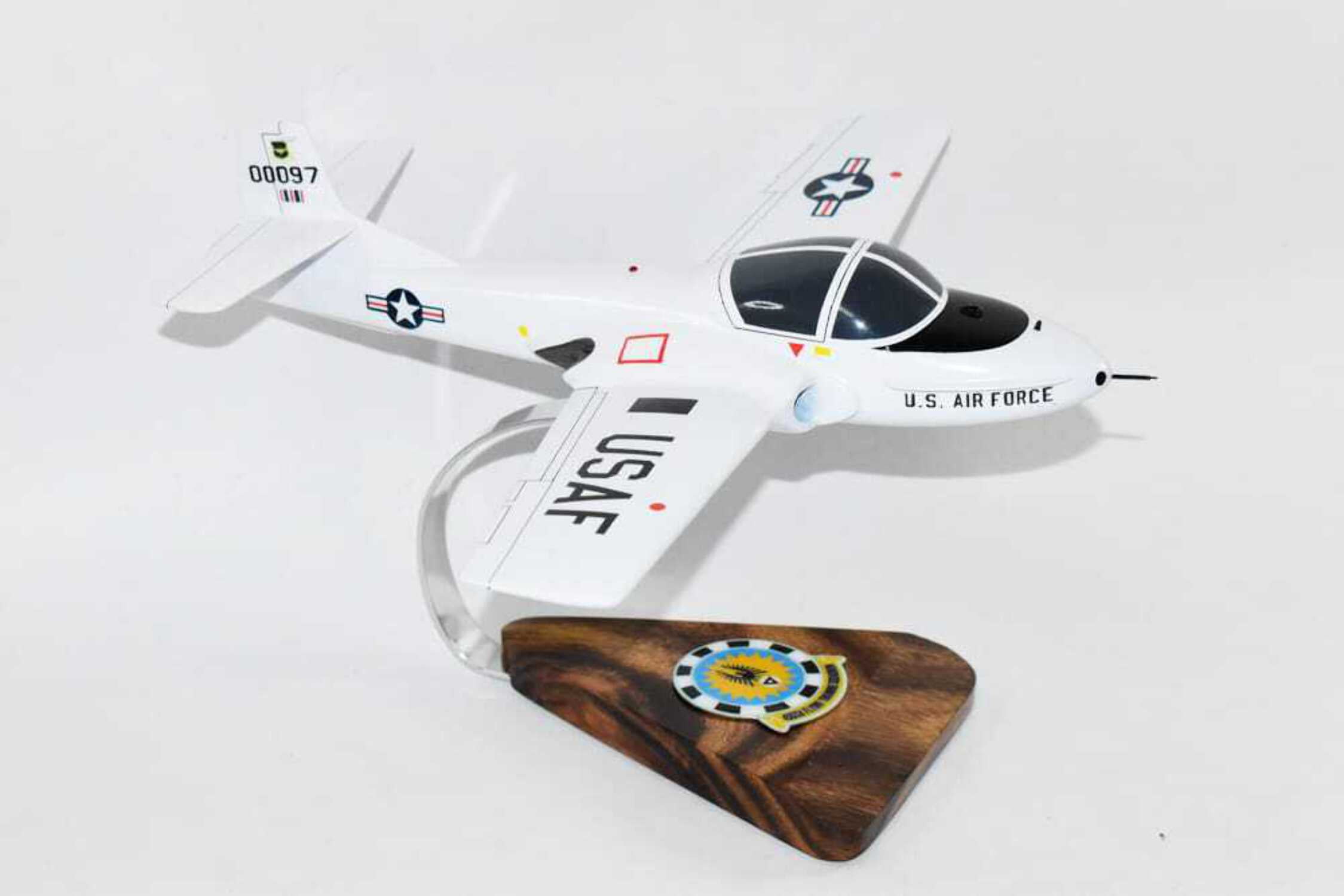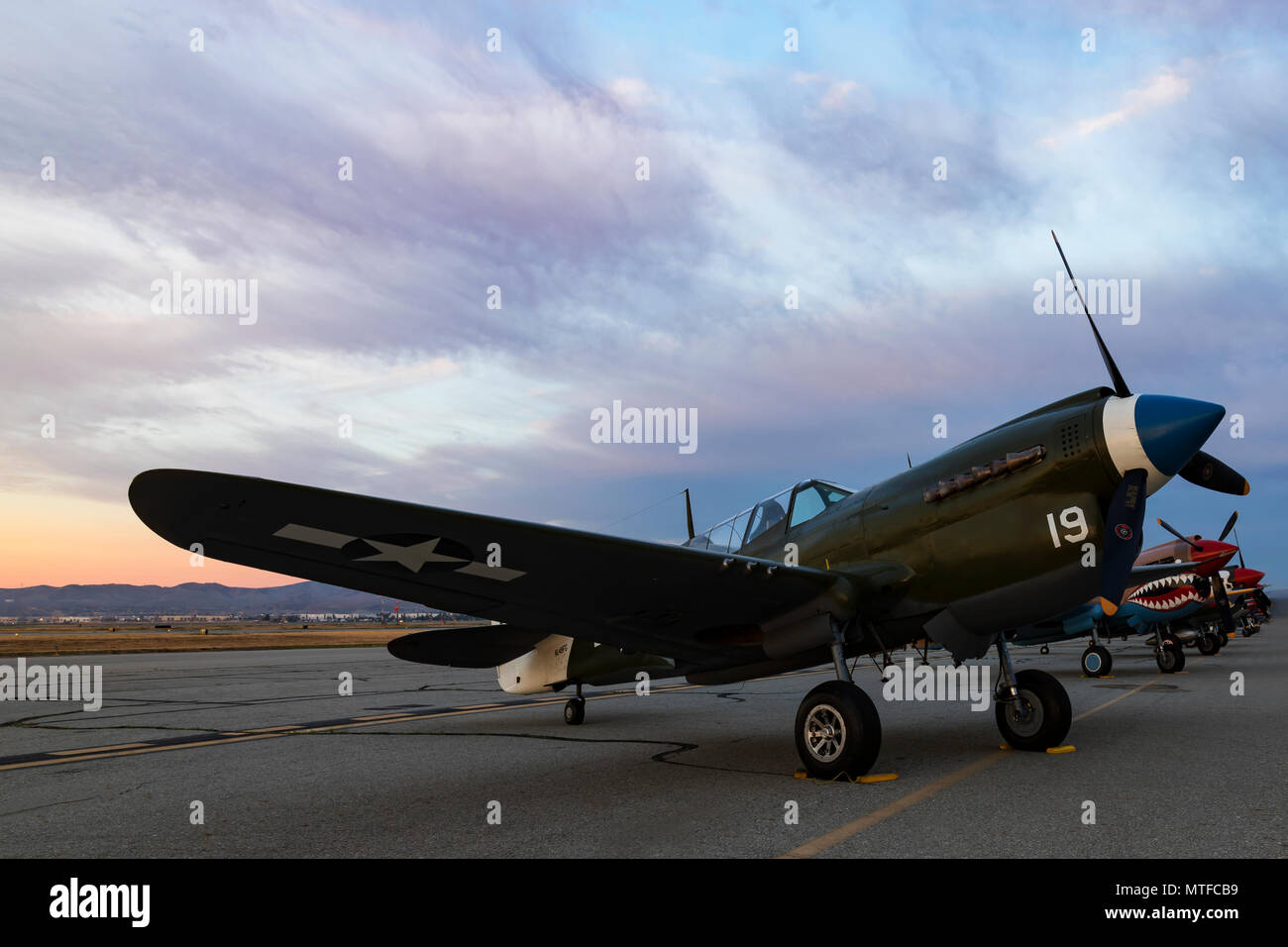T206 Aircraft - The number of single-engine aircraft capable of carrying a ton of cargo or six people is very limited these days. Cessna's Caravan is the top choice, but the $2.2 million price tag is often out of reach for many pilots.
When I recently spent a day in the Cessna Turbo 206 in Wichita, Kansas, all I knew was the reputation of the six-seat cargo and people-carrying aircraft. Never having flown before, I thought it was a big 182. It was a long way off.
T206 Aircraft

The 182 uses a 230 hp Lycoming to carry up to four people or fly over 900 nm at just over 130 knots. At first glance, the Cessna Turbo 206H's numbers say it won't even fly 800 nm. But he has six seats. Then I noticed that the T206, also called the Turbo Stationair, slices through the air at just over 160 knots thanks to a 310 hp Lycoming TIO-540 turbocharger with a large three-bladed McCauley prop mounted on the front. Although production rates for the Turbo 206 have slowed over the past decade, Cessna has built more than 1,200 of the SUV-like specialty aircraft since 2000.
Ramp Appeal: Cessna 206
The 206 offers pilots a lot of flexibility, such as adding fuselage hardware during the manufacturing process, making it easy to add floats or skis later. Cessna added a pair of optional eye hooks on top of the wing to make it easier to lift the floatplane-equipped T206 out of the water to remove salt. The aircraft's steel spring landing gear can be equipped with tundra wheels to make backcountry flying even more fun. Cessna even includes mud flaps in the wheel arches. As a bonus, new Garmin G1000 NXi avionics are standard on the new T206.
The 206's operator does a double take when he realizes that the aircraft's maximum load is less than 1,500 pounds, measured against its maximum takeoff weight of 3,789 pounds. Cessna recently increased the payload of the 206 by 180 pounds based on customer requests. This change translates into an aircraft with room for six 200-pound people and more than two hours of fuel, ideal for VFR flight. If two of those passengers were slightly underpowered, there would be enough fuel for a two and a half hour IFR trip with reserves based on 20 gph fuel consumption. A closer look at the weight and balance documents shows that it is difficult to push the center of gravity outside the envelope of the aircraft. It's possible to saddle up six adults and throw some weight in the rear cargo area, but only barely. Attaching the optional underbelly cargo box opens up the ability to load 330 pounds of skis or golf clubs while keeping the center of gravity intact.
Opting for the optional oxygen system provides enough capacity for six people to breathe when the T206 climbs to its service ceiling of 26,000 feet. Cessna's largest piston-powered aircraft also adds a door to the right rear fuselage to facilitate access to the rear cabin, although this additional door comes with the loss of the traditional right front fuselage entry. Pilots will also be impressed by the aircraft's short-field performance, thanks to a pair of barn door-like flaps that can extend up to 40 degrees when fully retracted. Inside the cabin, the seats are covered in either genuine leather or Luxor synthetic material. Cessna says many buyers prefer synthetic because it's easier to maintain.
I caught up with the N254CS at the Cessna Ramp in Wichita and began drifting with my demo pilot, Chelsea Carlin. Pre-flight preparation began in the cockpit by turning on the main power switch to watch the new Garmin NXi avionics come to life in just five seconds. The difference between the original G1000 and the new NXi is immediately apparent, not only because of the faster boot speed, but because of the improved resolution and brightness of the displays. However, the NXi does not have an electronic version of the Pilot's Operations Manual, nor any electronic means for calculating weight and balance. The standard T206 comes with autopilot and ADS-B In and Out standard, as well as backup instruments to support the NXi. The system includes VFR charts and an electronic checklist option. Other options on the T206 include synthetic vision, terrain awareness, air conditioning, Stormscope L3 and SafeFlight angle of attack indicator. Genuine leather seats will set you back an additional $4,500.
Photo Of Cessna T206 Turbo (n311tg)
I set the fuel gauge on the NXi engine system page to full or 87 gallons. Our ramp weight on this June afternoon reached 3,270 pounds with two people aboard, against a maximum weight of 3,809 pounds. Like the Cessna 172, the T206 has the preferred position of the fuel tank selector "the same", except to deal with the imbalance. The hood flap selector is located to the right of the fuel selector value and may take some getting used to to stay in the pilot scan. The shoulder harnesses of our T206 are equipped with airbags.
Outside, again, the large lift on the 206, which creates solid height control, cannot be overlooked. The T206 also uses large ailerons with gates on the inner edge to improve airflow at low speeds. Because the tailgate opens near the trailing edge of the right wing, Cessna installed a microswitch to prevent the doors from opening with the flaps down, or lowering the flaps with the doors open, to prevent damage to two. In an emergency, even with the flaps down, there is a simple way to open a door to exit the aircraft.
A nice safety option allows the LED landing and taxi lights to flash automatically whenever the NXi detects traffic flying around. The excerpt revealed at least five under each wing fuel outlet and three under the nose. Eight quarts of oil in the crankcase is fine for flying, although it can be as low as 6½ and still fly.

Cessna pilots say they feel comfortable operating the T206 off a 2,000-foot or longer hard-surface runway. A shorter track is possible, but requires a bit more planning, which is a topic that brought Chelsea and I into a discussion about power settings. The T206 wants 39 inches of manifold pressure for takeoff and climb, pulled back to 30 inches for cruise. The flaps are almost always open from takeoff to trim for cruise. The T206 is turbocharged, which means the turbine system basically puts extra air into the engine to run it as if it were still at sea level, giving the pilot access to all 310 hp up to about 17,000 feet, which one of the reasons for 206. a wonderful climb. But this performance comes at a price, the need to be more careful with the throttle to avoid overexciting the engine. The pilot must also watch the turbine inlet thermometer to prevent the engine from boiling over because the internal turbine produces so much heat.
Cessna T206h Turbo Stationair Tc
When the big Lycoming came to a stop, it made a loud noise that I'm sure made people nearby turn their heads. Soiling of the mixture is a problem, but usually only when the density exceeds 3,000 feet. In Denver, where the density easily approaches five figures on a hot day, tilting the ground is necessary to prevent the engine from stalling when you pull the throttle back to idle. In the air, the NXi's Lean Assist feature helps ensure better fuel flow.
Double doors on the right rear of the cabin facilitate cargo loading and ease of ingress and egress for four people in the rear seat. Paul Bowen
Driving the T206 through the rudder pedals gives the feeling of a larger aircraft. Aircraft like 10 degrees of flaps for takeoff, but depending on the length of the runway, 20 degrees is also possible. At sea level and maximum takeoff weight, 20 degrees of flaps gives a range of only 1,000 feet, even with an OAT hover in the mid-80s.
I boosted the line pressure to a full 39 inches at launch. Chelsea told me to turn at 56 knots and climb to 90 knots. At 40 knots I could feel the big single telling me it was ready to fly. After breaking terrain, the T206 quickly accelerated to 90 and I added counter pressure for the climb and retracted the flaps 200 feet.
Aircraft N6163y (2008 Cessna T206h Turbo Stationair C/n T20608819) Photo By Mark Pasqualino (photo Id: Ac173827)
The basic physics of flying a piston single came back to me very quickly with the T206, as with 310hp and a large three-blade propeller, the need for a large amount of right rudder became apparent when the aircraft began to - bank. The T206 is not an aircraft for the faint of heart. In fact, rudder movement is required throughout the flight, as opposed to the feet-on-the-floor approach used by many pilots today. Fortunately, the T206 comes standard with an adjustable rudder.
Share
T206 walter johnson, t206 complete set, honus wagner t206, cessna t206 for sale, t206 wagner, honus wagner t206 value, t206 cards, t206 honus wagner card, ty cobb t206, t206 baseball cards, t206 ty cobb value, t206













/https://tf-cmsv2-smithsonianmag-media.s3.amazonaws.com/filer/96/bf/96bf0cbc-2916-4467-968e-4bc461e1457d/boeing_n2s.jpg)






